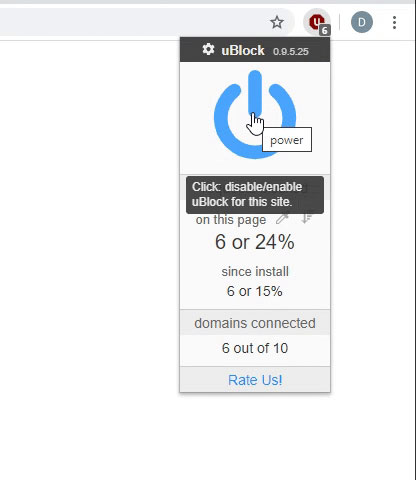In all the BASICs, such as BASIC, GWBASIC, QuickBASIC, VisualBASIC and VisualBASIC for Applications, the maximum number of nested functions is seven, plus the enveloping function, so, we can have a total of eight functions, seven of which are nested.
In Excel, we can concatenate as many as 30 statements, or formulas.
So, to get, say, ten IFs for numbers, one can use the following example, which only concatenates two formulas, each with only four nested IFs. Notice that one must make allowance for failure of the preceding IFs in each part, or formula, to ensure success:
In B1, enter:
=IF(A1=1,1,IF(A1=2,2,IF(A1=3,3,IF(A1=4,4,IF(A1=5,5,0))))) + IF(A1=6,6,IF(A1=7,7,IF(A1=8,8,IF(A1=9,9,IF(A1=10,10,0)))))
It is generally understood that the use of this type of solution is better addressed by using VBA, when the total formula gets a little bit longish






